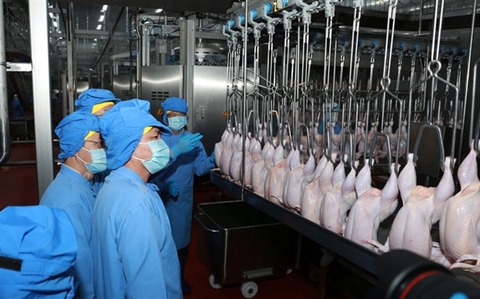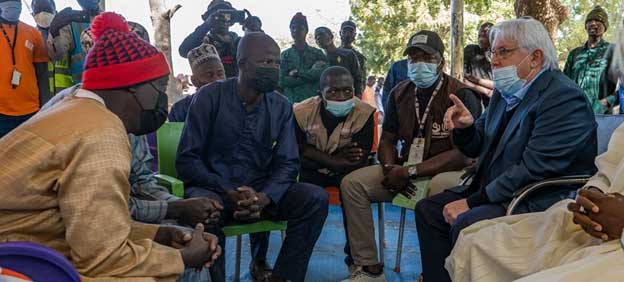[ad_1]
Most garment and textile enterprises have acquired orders for manufacturing till the third quarter or October, in response to the Ministry of Trade and Commerce.
Nevertheless, the trade’s development momentum confirmed indicators of slowing down from the center of the second quarter when main export markets such because the U.S. and EU fell into an inflationary spiral.
Because of this, new orders have decreased and prospects have shortened the order interval from 6 months to three months.
An organization specializing within the manufacturing of kids’s vogue garments in Dong Nai used to get new orders of 80,000 – 100,000 clothes each month from US companions.
The corporate’s supervisor, Thai Minh, mentioned that over the previous two months, the variety of new orders has fallen by 20-30 %.
Minh mentioned the state of affairs won’t enhance within the quick time period if the inflation difficulty within the U.S. stays severe, forcing folks to tighten spending on non-essential items.
“We’re selling our merchandise to Canada and Mexico which have many comparable consumption traits. We hope to get a couple of new contracts for the year-end season,” she mentioned.
The lower in textile and garment orders was primarily because of the gradual consumption in massive markets, particularly the U.S. and EU, the rise in inventories of importers and excessive inflation pressures within the second half of 2022 and early 2023.
“Firstly of the 12 months, after the pandemic state of affairs was beneath management, nations reopened and our companions urged us to ship items shortly, however now they’re very detached,” Minh mentioned.
The Vietnam Textile and Garment Group (Vinatex) and Rong Viet Securities Firm (VDSC) have forecast that the demand for textiles and clothes within the second half of the 12 months will lower as a result of “overbuying” and inflation that prompts belt-tightening for non-essential merchandise like vogue.
As well as, the double influence of post-pandemic provide chain disruptions and the Russia-Ukraine battle have pushed the value of uncooked supplies for the garment trade, particularly cloth and cotton, up by about 7-10 % in comparison with the identical interval in 2021.
Publish-pandemic labor scarcity, growing transportation prices and labor prices triggered by gas worth hike have negatively affected the whole textile and garment provide chain from producers to retailers, trade insiders mentioned.
“Rising gas, freight and logistics costs will tremendously have an effect on enterprise efficiency within the final six months of 2022 and presumably till 2023,” mentioned Duc Viet, CEO of main garment agency Could 10.
Textiles are additionally not directly affected when the euro depreciates towards the USD. The EUR dropped to the bottom in 20 years final week at roughly the identical as USD, with the dollar surging this 12 months amid world financial uncertainties.
Vinatex common director Cao Huu Hieu mentioned {that a} weakening euro will scale back the revenue margin of consumers in EU nations.
VDSC forecasts that the earnings of Vietnamese textile and garment corporations might be hit onerous within the second half of the 12 months as new orders lower.
Some main garment corporations have adjusted this 12 months’s enterprise efficiency targets.
The Music Hong Garment Jsc estimates its pre-tax earnings at VND500 billion ($20.83 million) down 8 % from a 12 months in the past.
Nguyen Van Thoi, Chairman of TNG Funding and Buying and selling Joint Inventory Firm, mentioned that the impacts might be uneven amongst enterprises in the identical trade.
He mentioned the trade can get well if inflation is introduced beneath management and client buying energy will increase.
In accordance with information from the Ministry of Trade and Commerce, textile and garment exports hit $22.3 billion within the first six months of the 12 months, a rise of over 20 % year-on-year.
[ad_2]
Source link
















